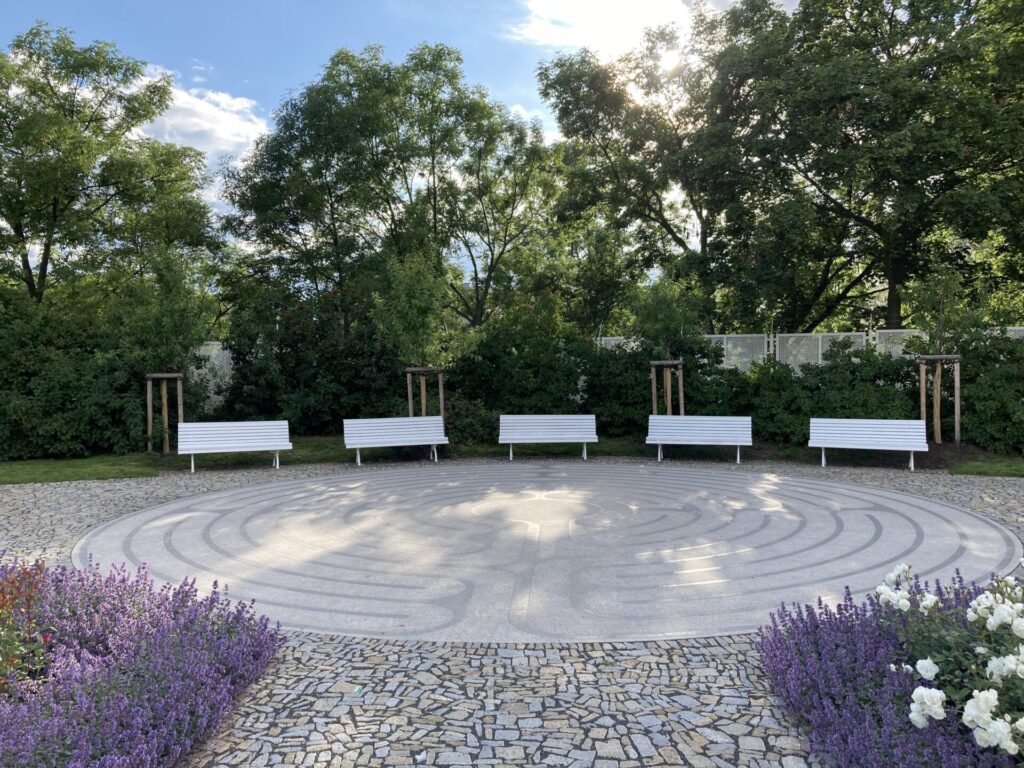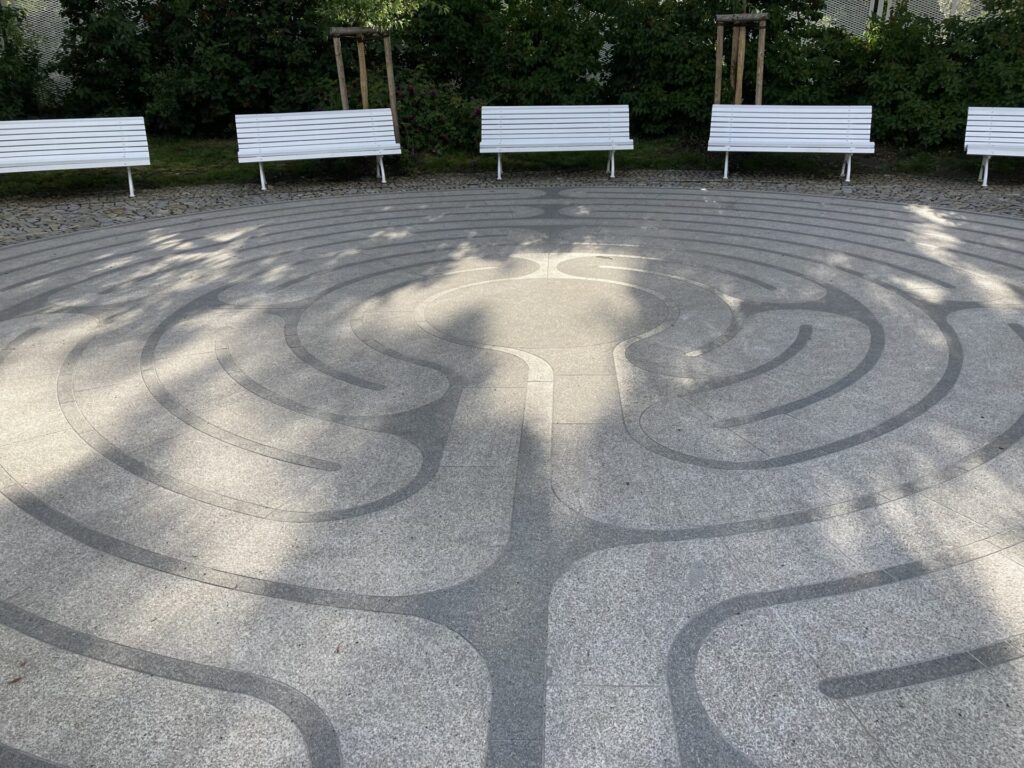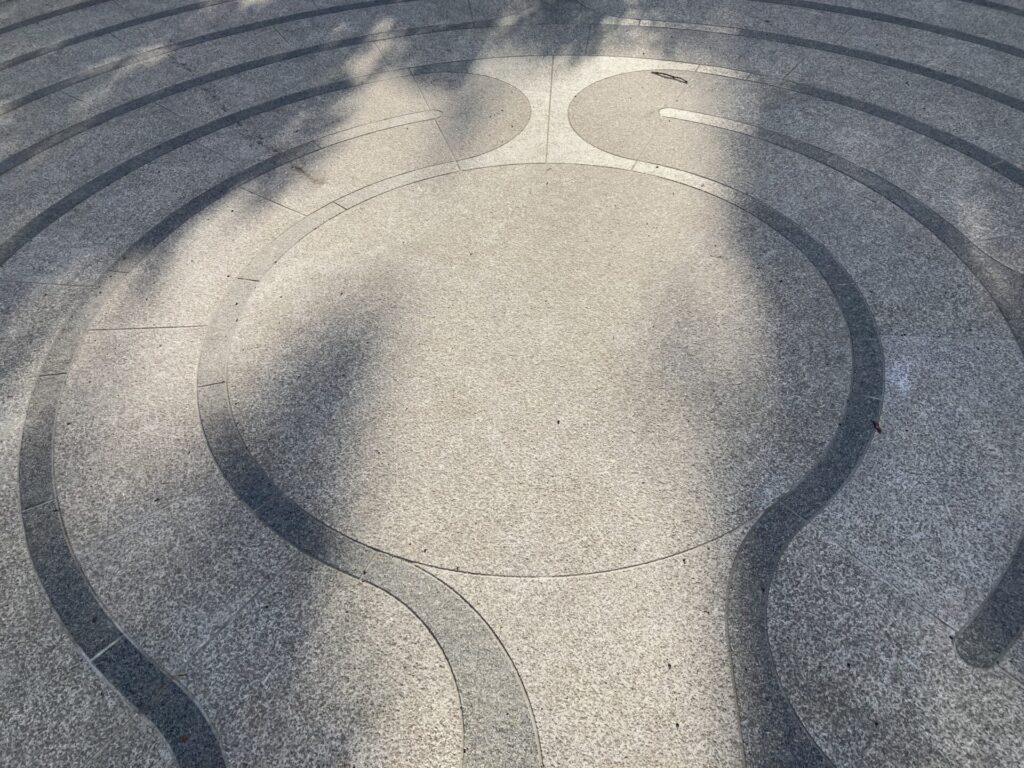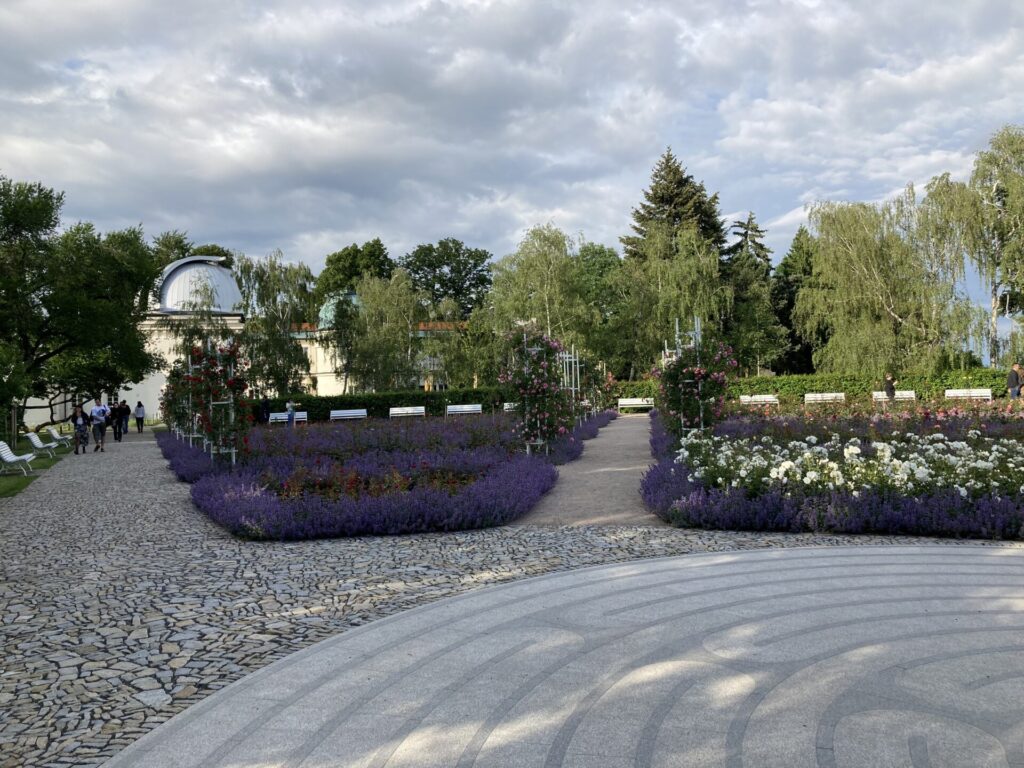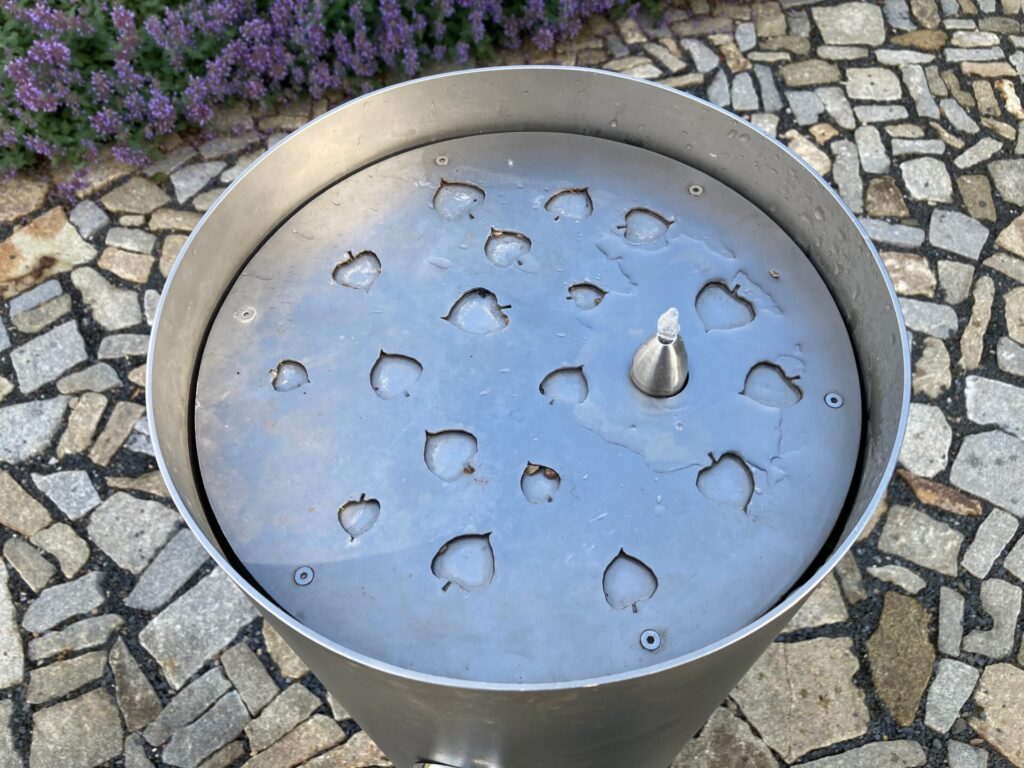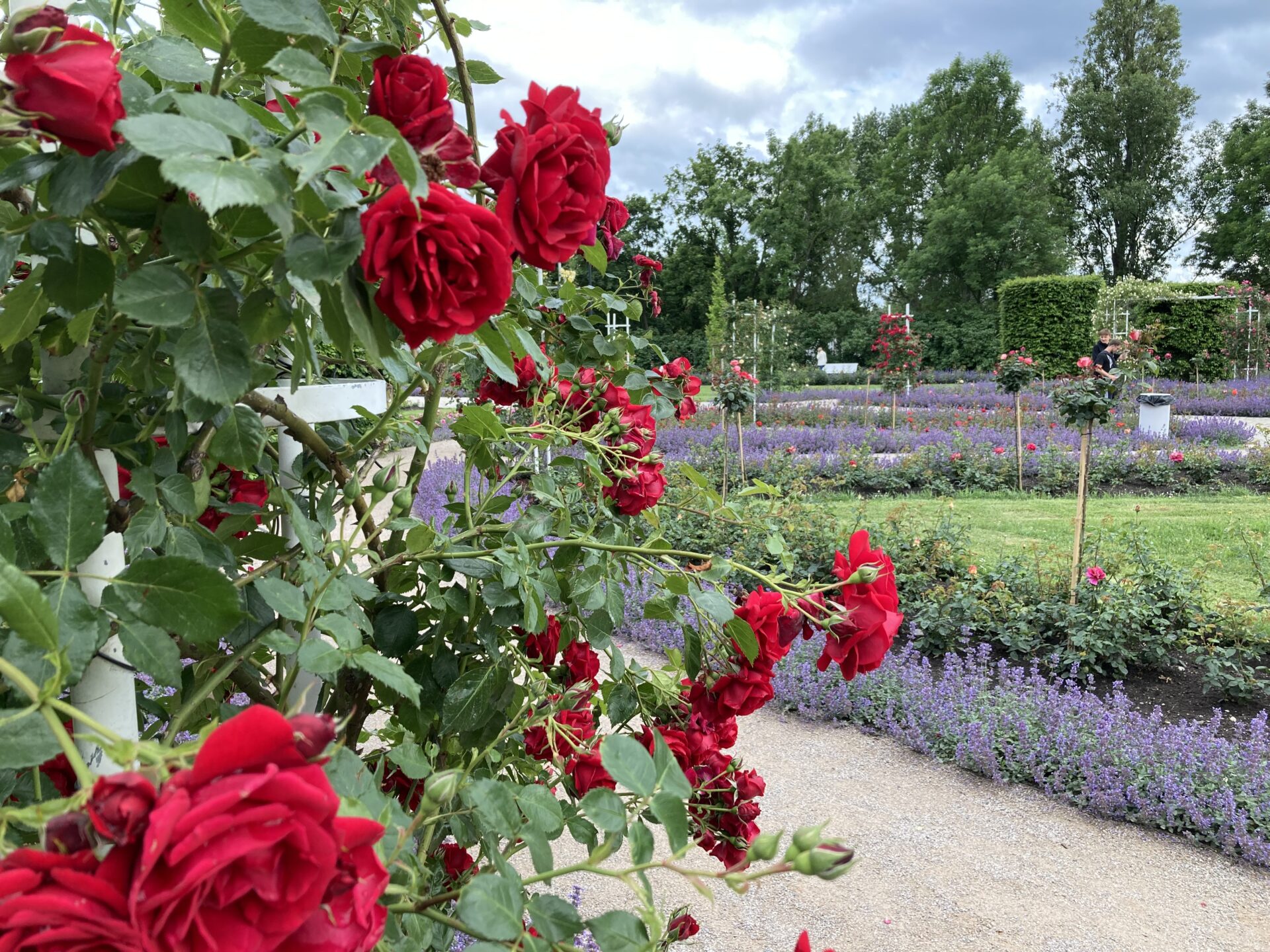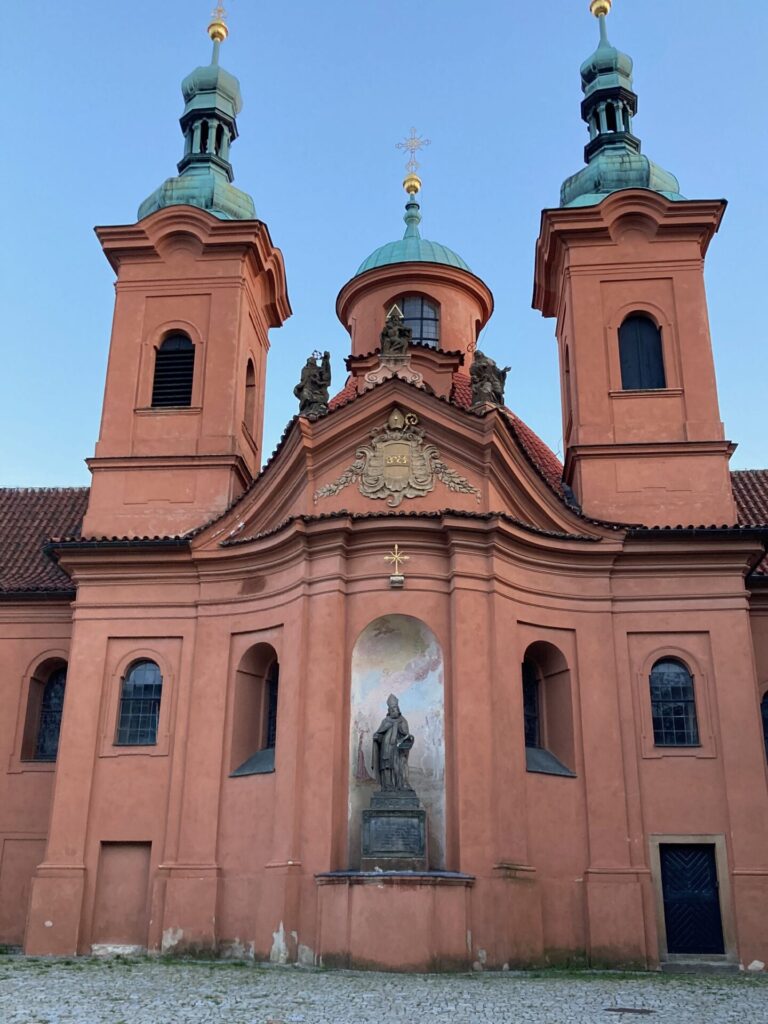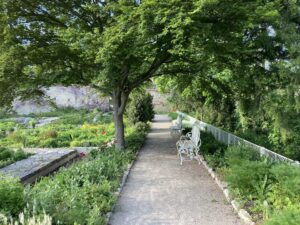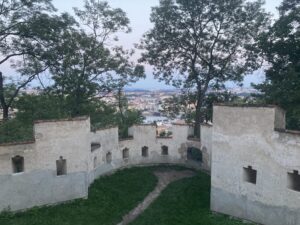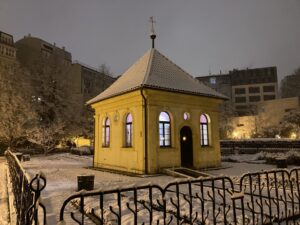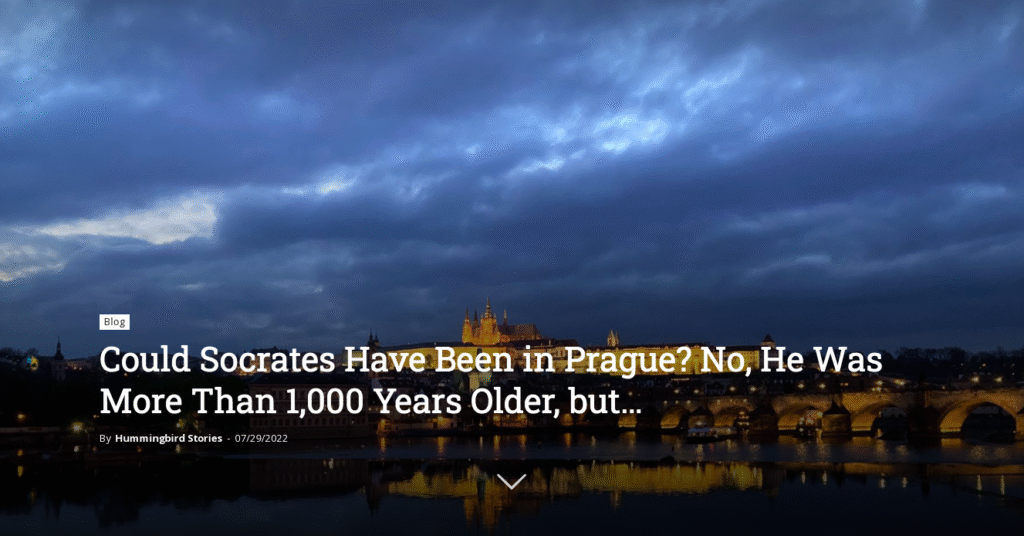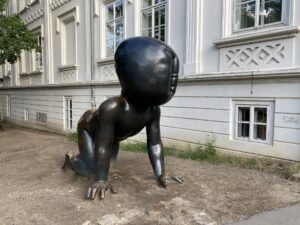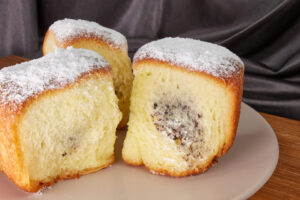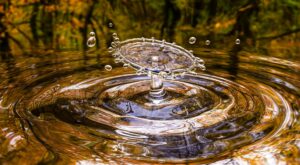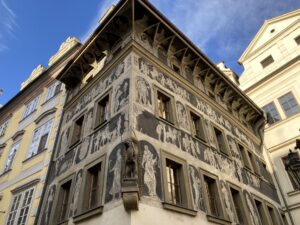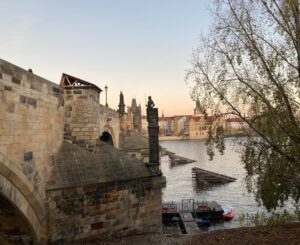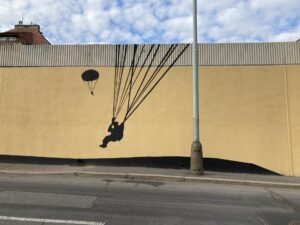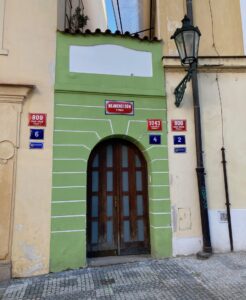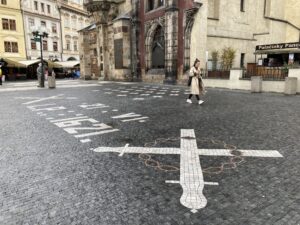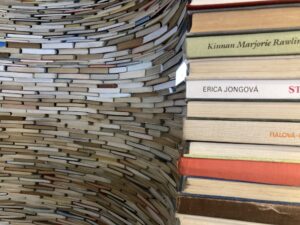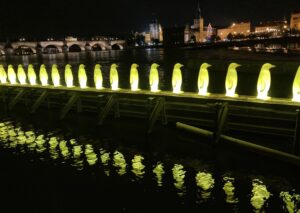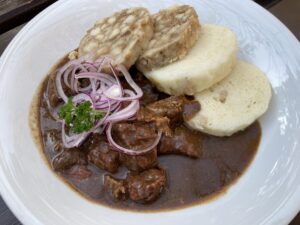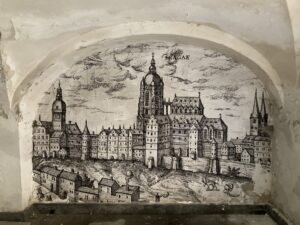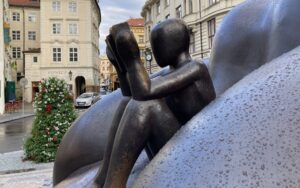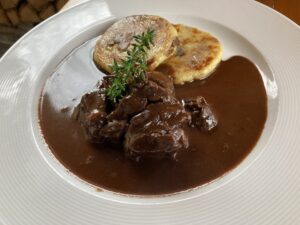Even though Prague has some parts where the altitude does not change for many kilometers, it is a city of hills.
Let’s look back to about half a billion years ago. During this period in Prague, there was a sea at three separate times. On the then ocean bottom, there was a rich layer of sediment deposited. Six hundred million years ago, the future Prague was shaken by volcanic eruptions with lava flowing and columns of volcanic gases shooting into the sky. Four hundred million years ago, there was a warm, shallow sea in Prague where cephalopods, brachiopods, gastropods, bivalves, and trilobites swam.
And just a few million years after that, Prague was flooded by a tropical sea with coral reefs. And 100 million years ago, we also had a subtropical forest in the Old Town Square.
The present-day shape of Prague’s territory was ultimately determined primarily by the erosion and accumulation activity of the Vltava and its tributaries during the last million years—that is when the Prague Basin with rock walls and steep slopes was created, especially on the left bank of the Vltava (just remember how steep the road to the Castle is on Nerudova Street ).
One of the most important hills on the left bank of the Vltava is Petřín – and because a cable car leads to it, children start sledding on it when it snows. Sometimes skiers also ski, although skiing is not allowed on Petřín. (Czechs are known for being able to improvise and find solutions in complex situations outside of established procedures. However, a negative part of this valued skill is the frequent willingness to disregard the rules.)
Geologically, the territory of Prague is dominated by sediments, quartzite, sandstone, limestone, and slate. And it is no different in Petřín, which got its name from the Latin word “petra,” i.e., “rock.”
In the 19th century, brown coal was mined here for a short time, which was created when the future Prague was below the warm sea of the Cretaceous Period. But this coal was not of very good quality, and although it was mined in ten tunnels between Nebozízek and the Hunger Wall, the mining did not last long.
However, building stone—marl and sandstone —was mined here as early as the 9th century. It was used for the construction of most churches and other buildings in the Romanesque and Gothic periods, including the Charles Bridge or its predecessor, Judith’s Bridge.
Petřín has also had dark times behind it. There was an execution ground here until the 14th century. And long before that, there was a pagan sacrificial site here – in the middle of the Petřín forest stood a massive oak tree, under which the pre-Christian Slavs lit fires dedicated to Perun, the god of storm, thunder, and lightning (Perun freed Spring from the bonds of Winter with the first spring thunder). Perun’s attributes are an oak tree, a bull, and a fiery ax (the sacred ax flying through the sky symbolizes lightning), so people celebrate Perun by lighting fires and making sacrifices.
Until Prince Boleslav II (nephew of St. Wenceslas) had the tree cut down and a wooden chapel of St. Lawrence, who was martyred by being burned alive on a spit, built in its place. That’s why Petřín was once called St. Lawrence’s Hill.
Today, Petřín is called the Hill of Lovers. Near the statue of the poet Karel Hynek Mácha, lovers meet on May 1 and confirm their love with a kiss. That’s because of Macha’s poem May.
Actor Ondřej Kavan recites the introduction to the poem May of Karel Hynek Mácha at the statue of him in Petřín. The footage is from the movie tetralogy Kevin Alone in Prague. In this film, the thirteen-year-old Czech-American Kevin discovers the beauty of Prague through the stories of its monuments. On sale soon.
If you take the cable car up to the upper station, you will be greeted by the Rose Garden and then the Květnice Garden. Both gardens were created in the 1930s.
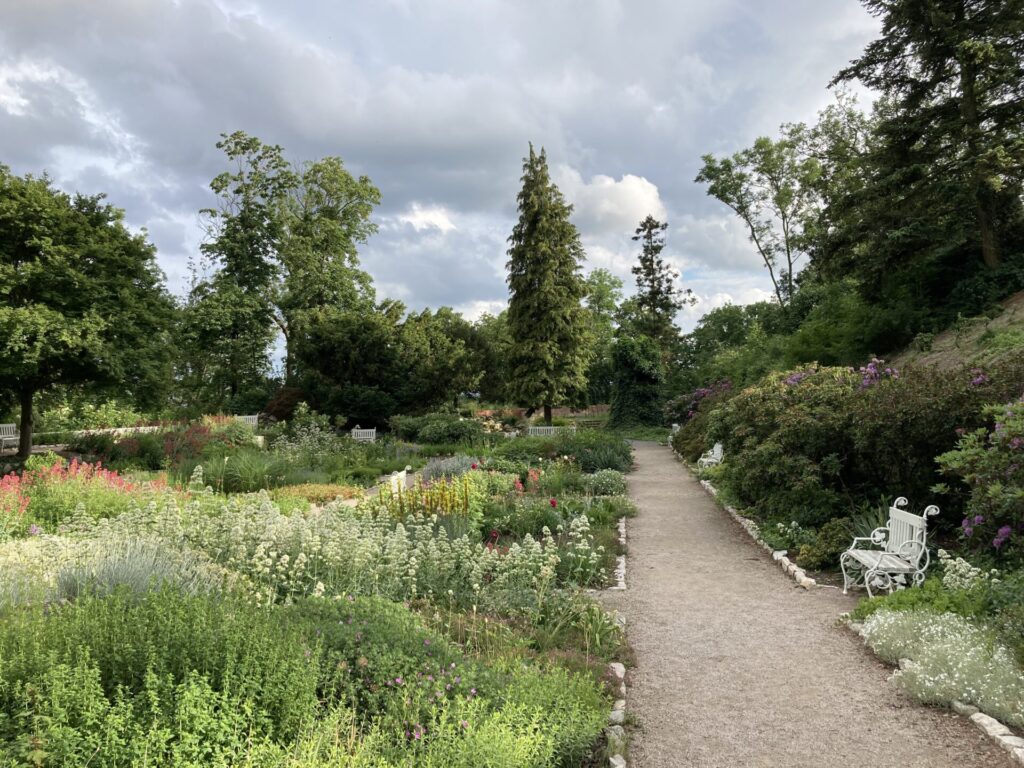
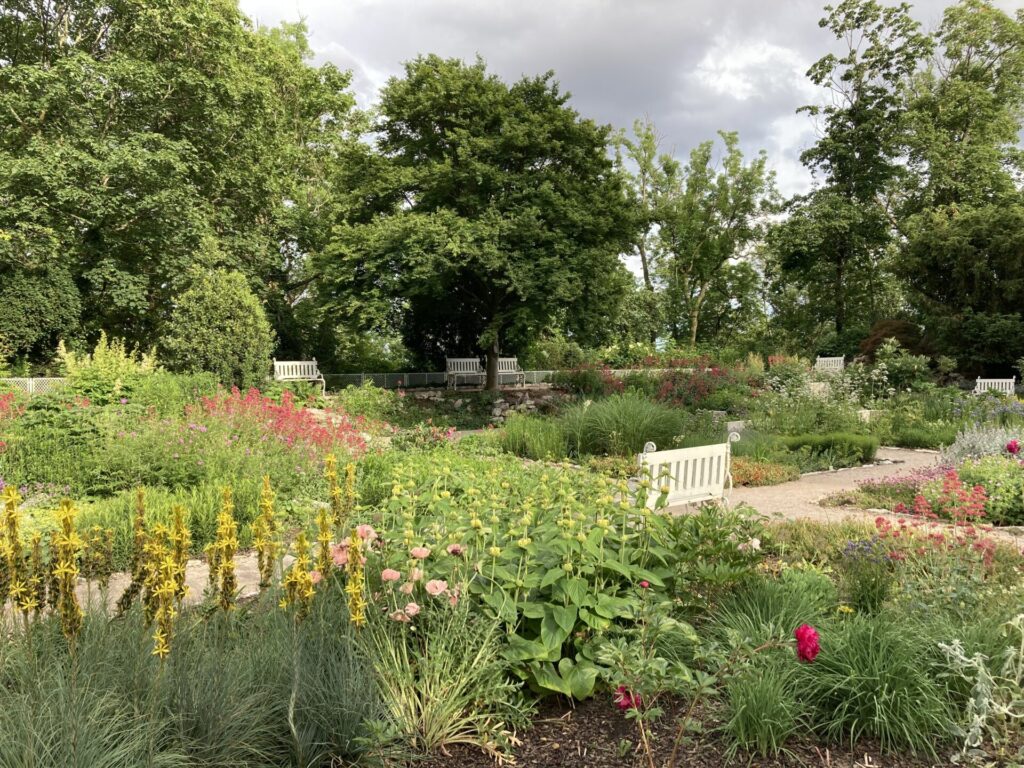
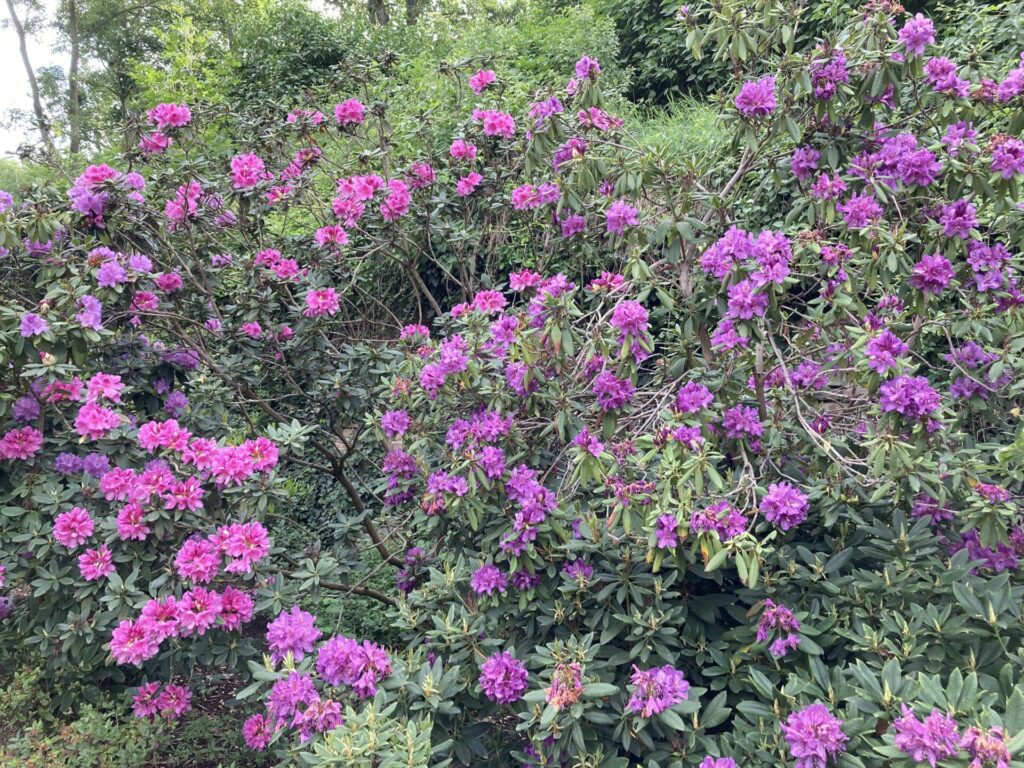
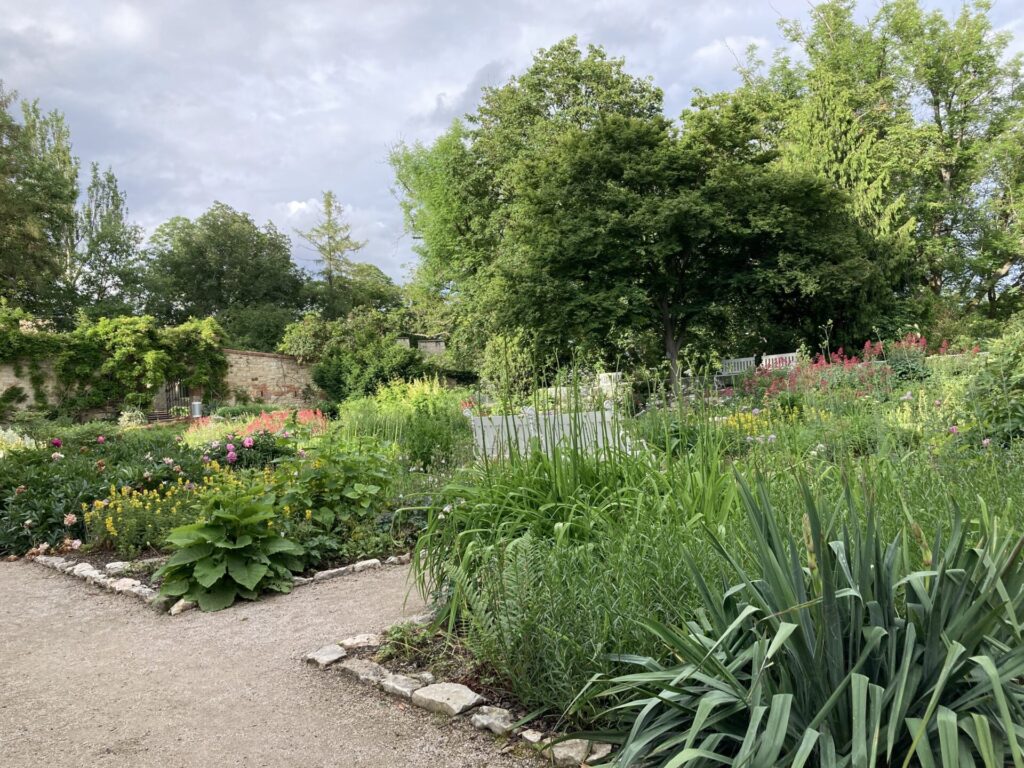
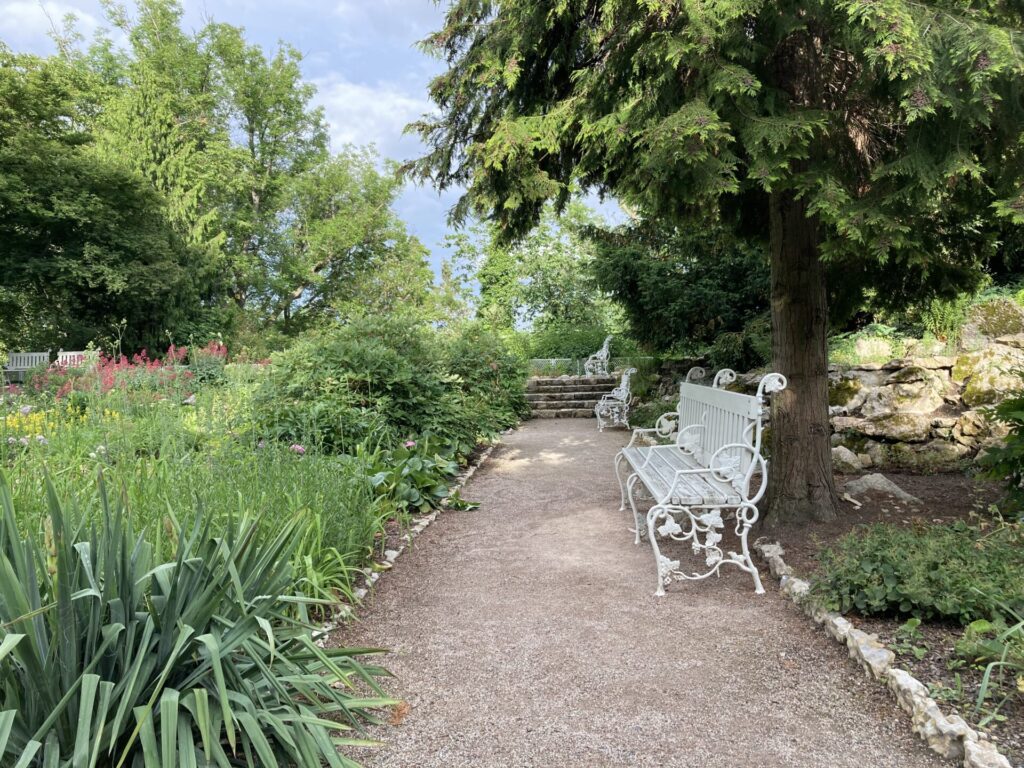

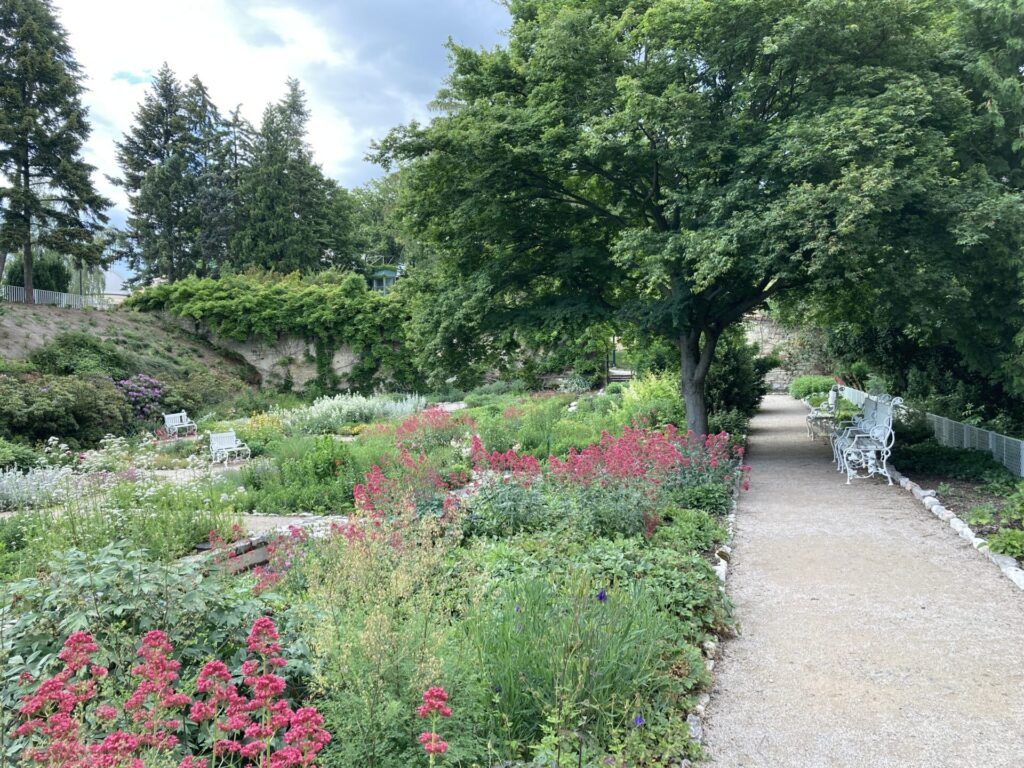
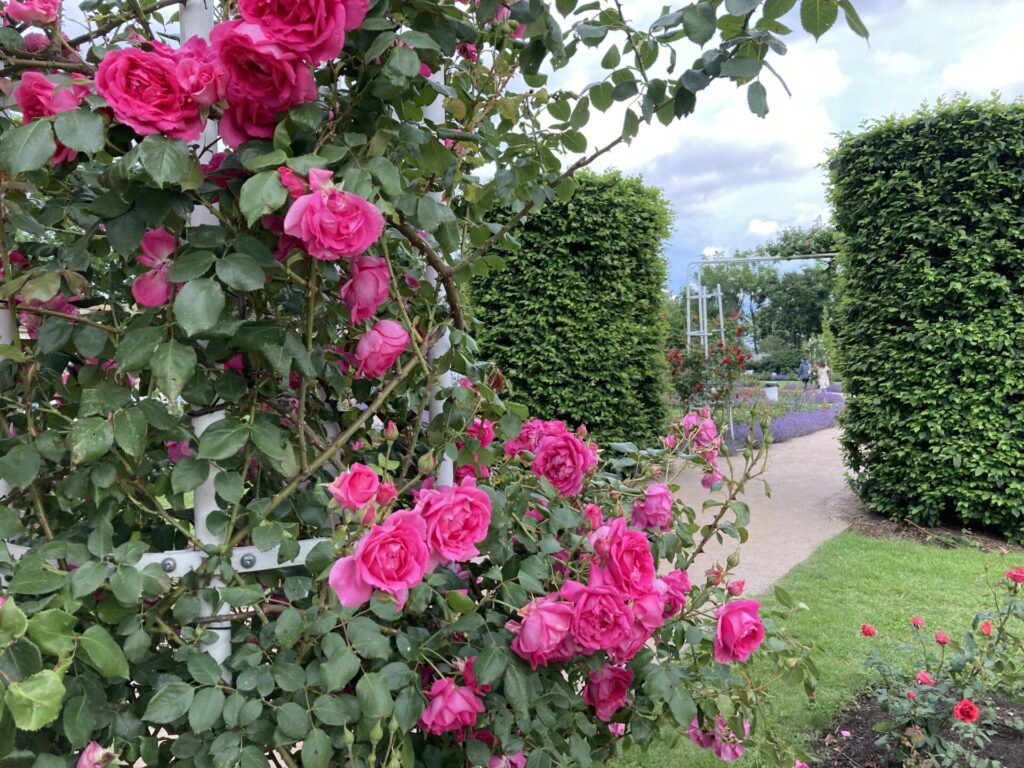
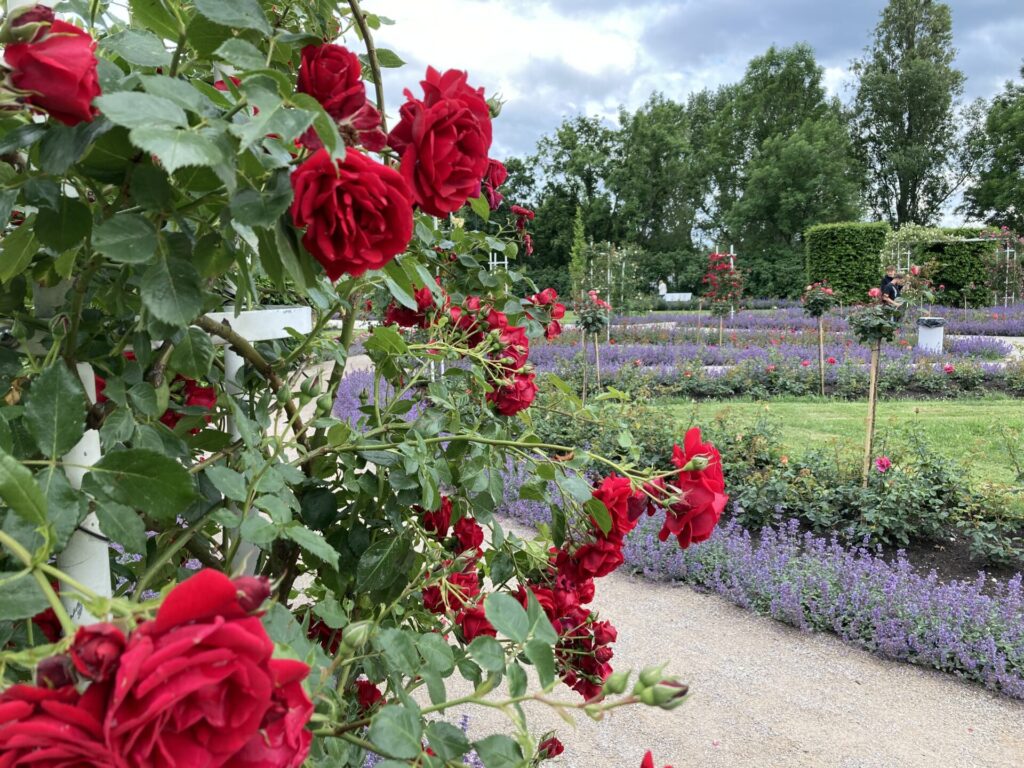
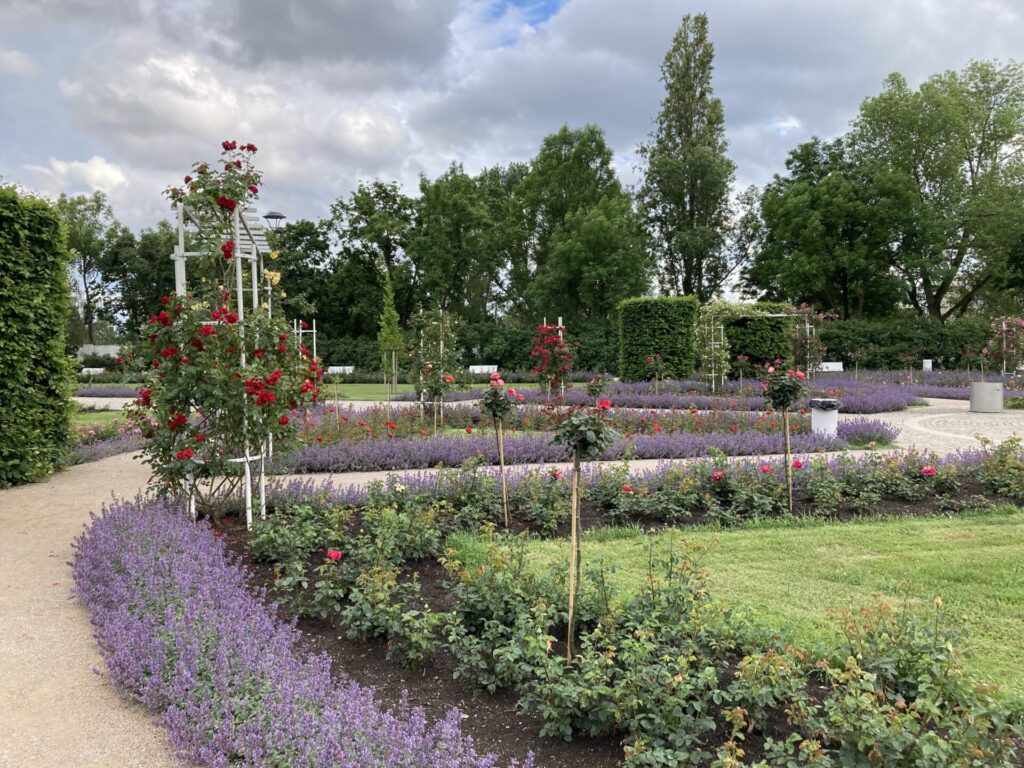
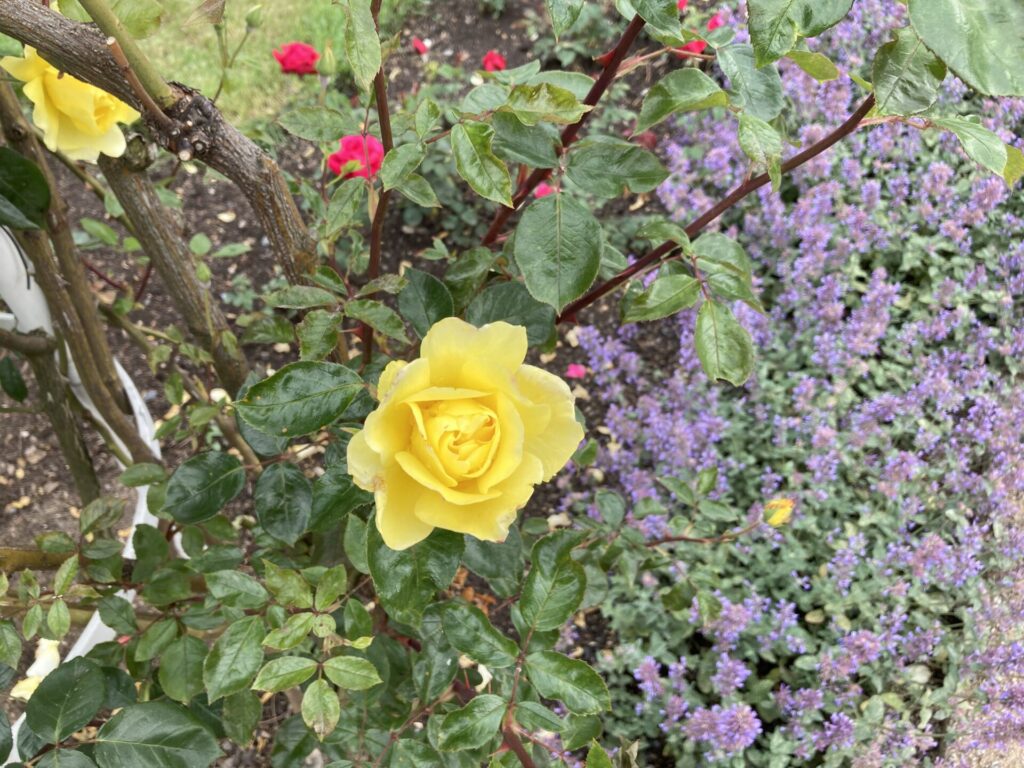
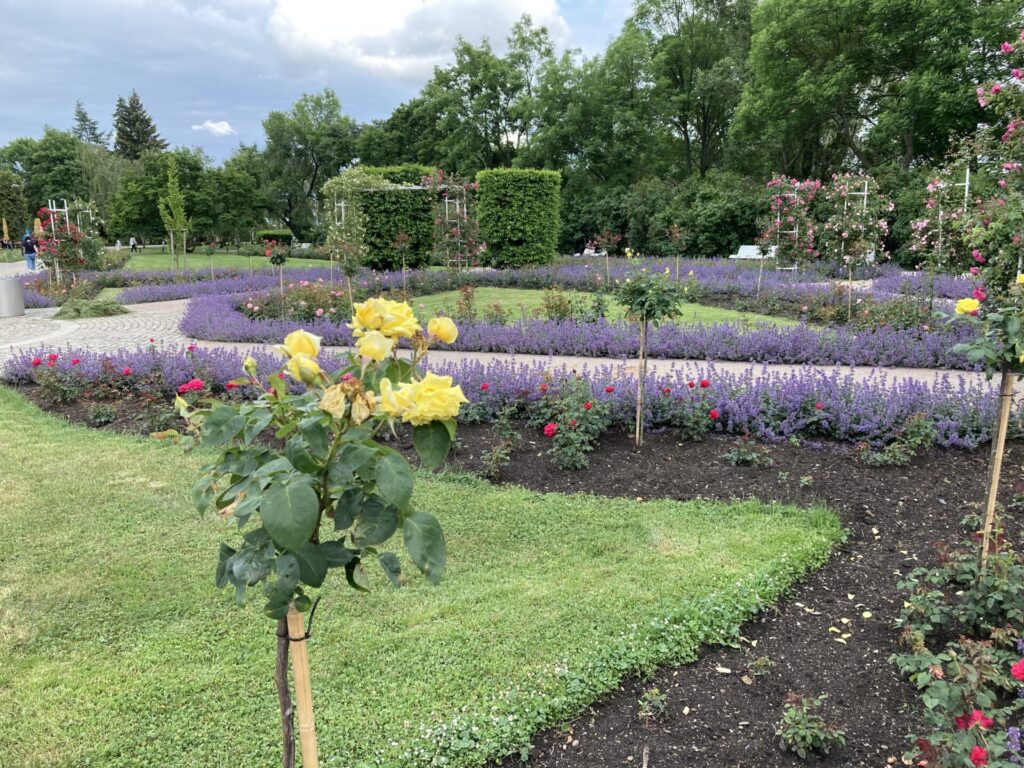
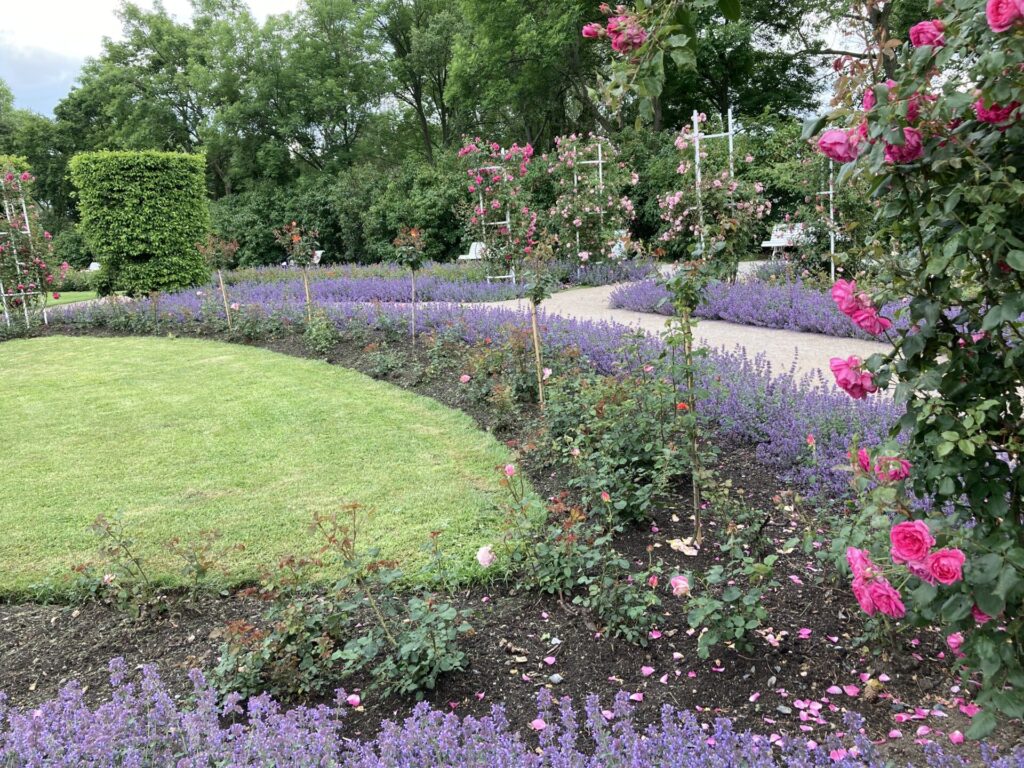
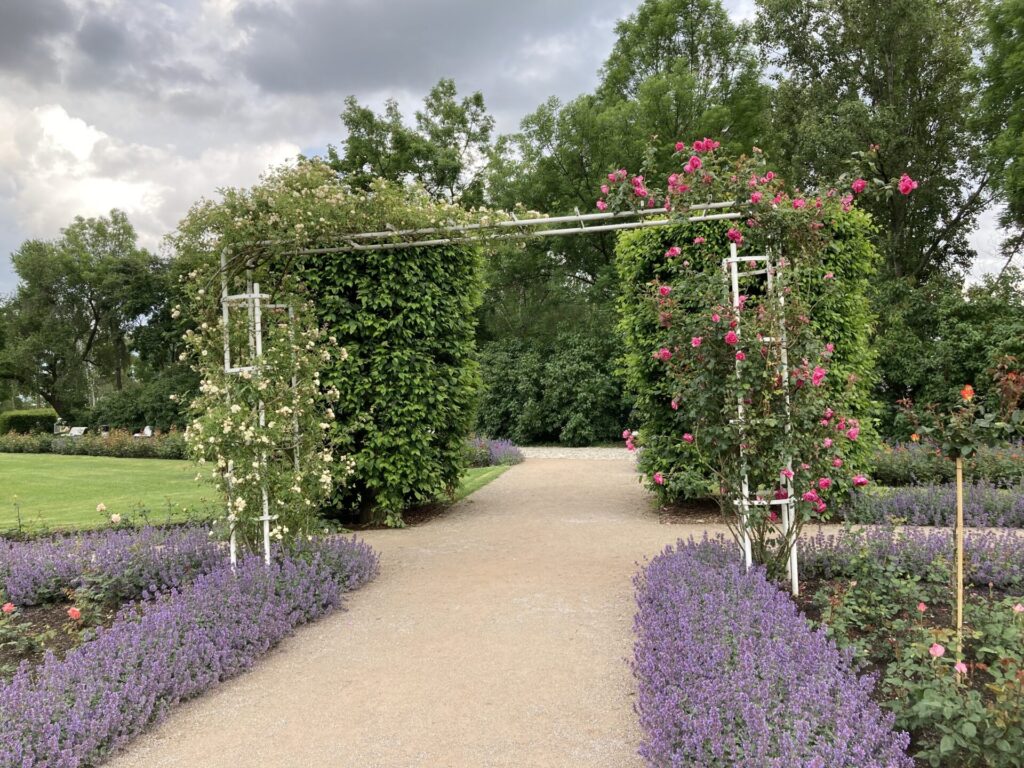
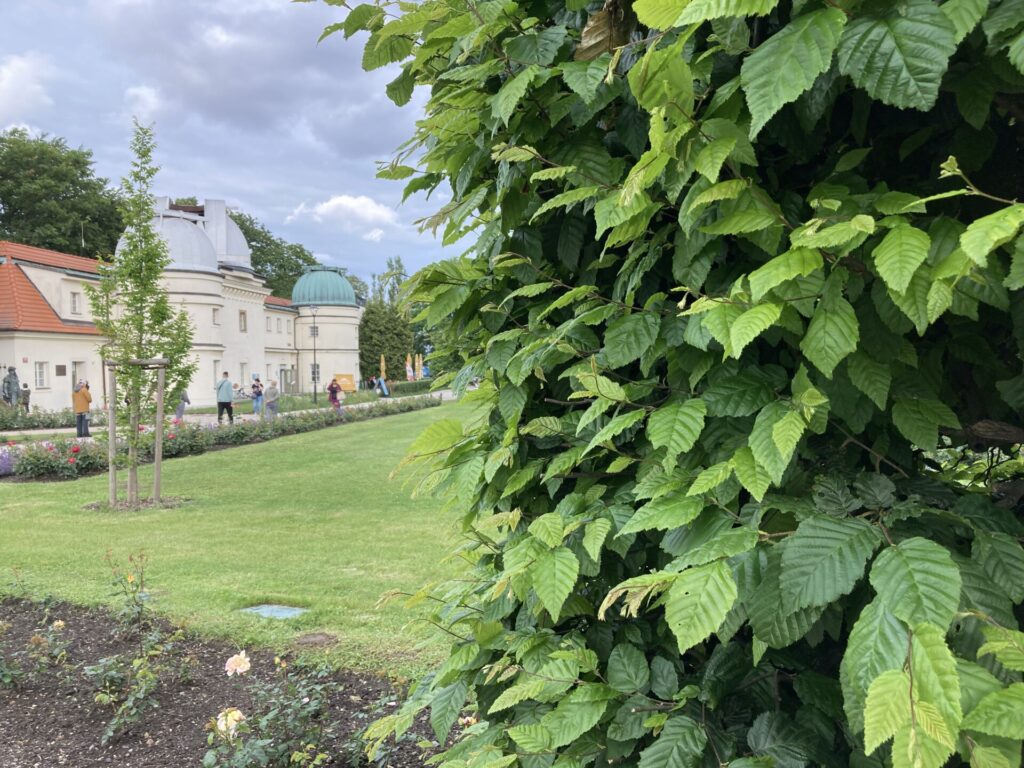
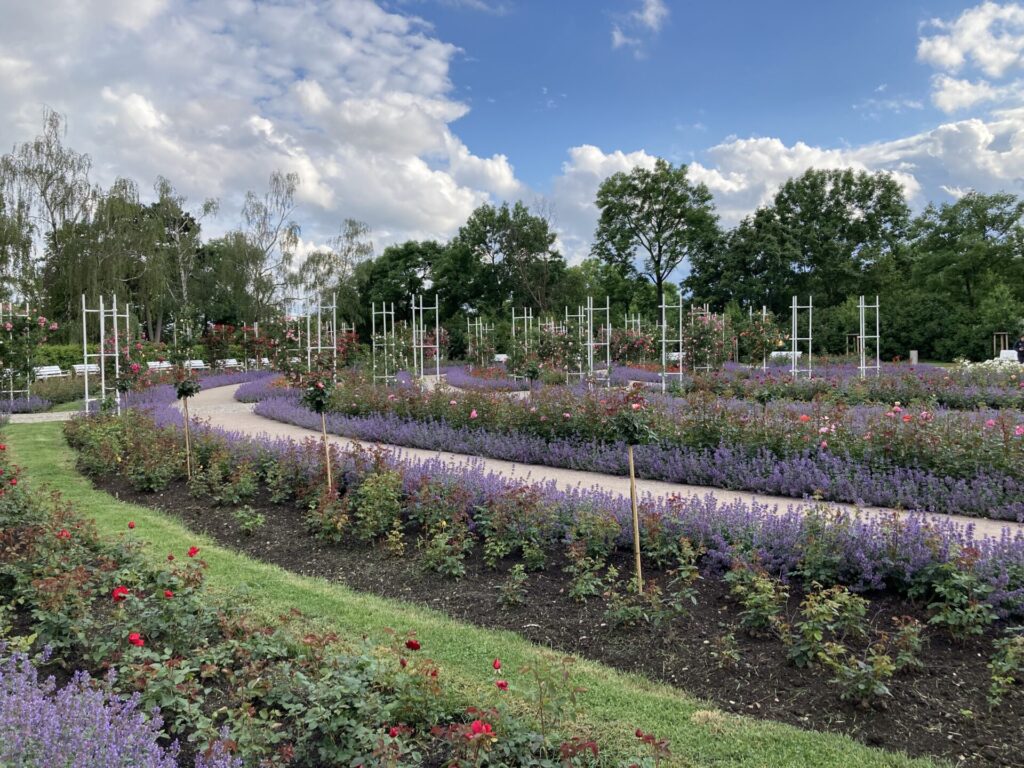
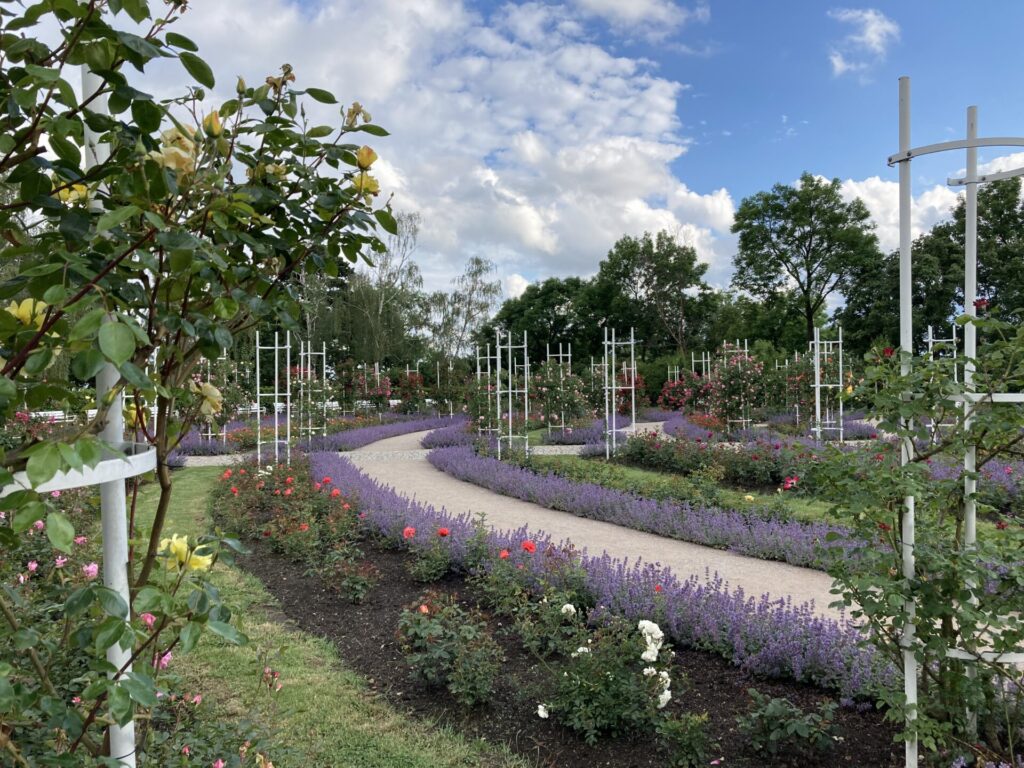
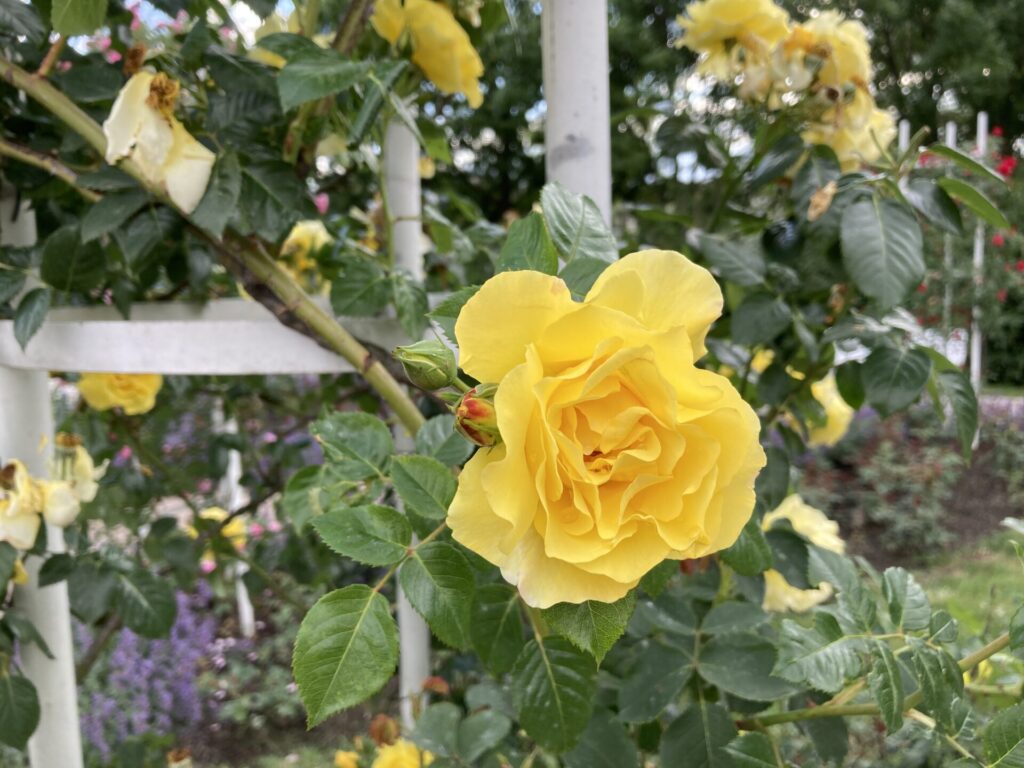
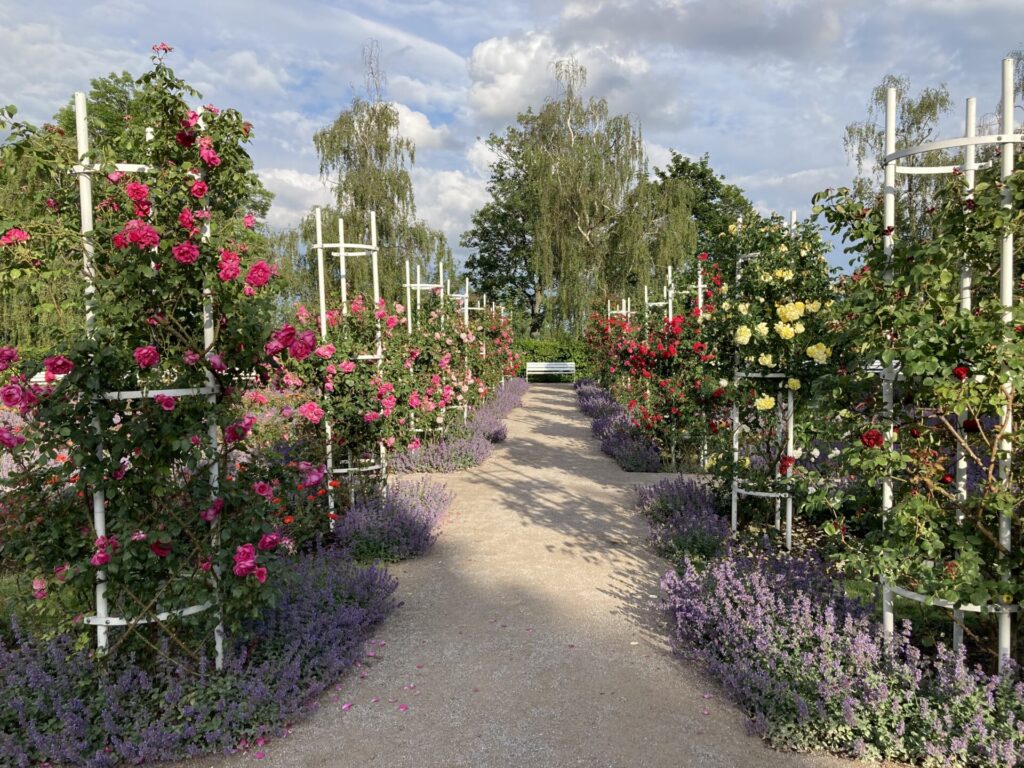
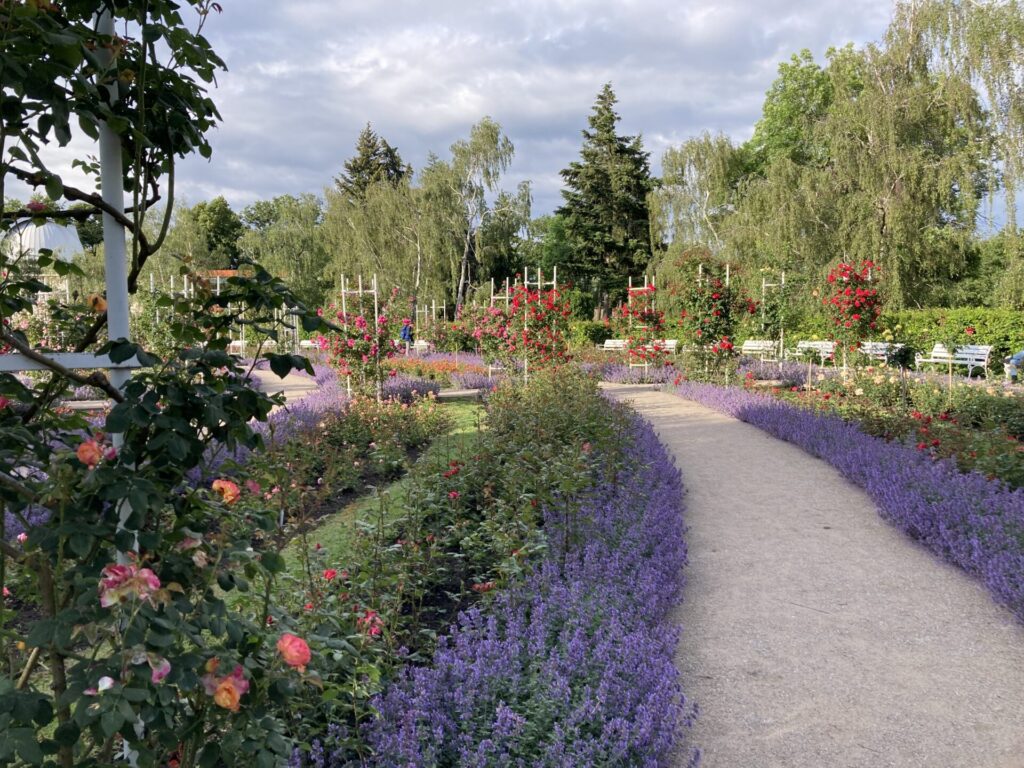
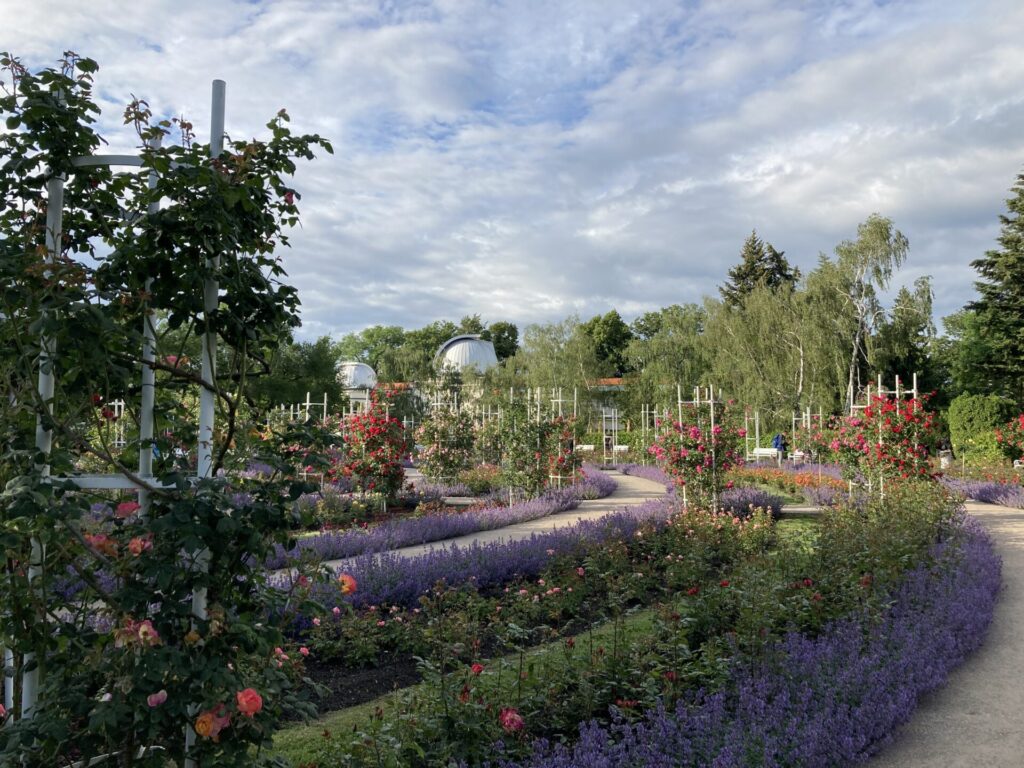
The pink orchard was also called Švehla’s, after Antonín Švehla (1873-1933). A landowner, minister of the interior, and three-time prime minister. Also, one of the “five men of October 28”, i.e., those politicians who signed the Act on the Establishment of an Independent Czechoslovak State. (Thanks to this, the later president, Tomáš Garrigue Masaryk, was able to return from American exile.)
P.S.: One detail can serve to illustrate the personality of Antonín Švehla. Being a prosperous landowner, he did not do politics for money. He always kept the Prime Minister’s salary in a desk drawer, where this money was found after his death… (By the way – a synonym for something huge also comes from that time: as huge as Švehla’s lands.)
The labyrinth in the Rose Garden is a copy of the labyrinth in Chartres Cathedral.
